
Peoples and Languages
Social Media
Leave comments, suggestions, keep an eye on news in our groups on VK, Odnoklassniki and Telegram channel


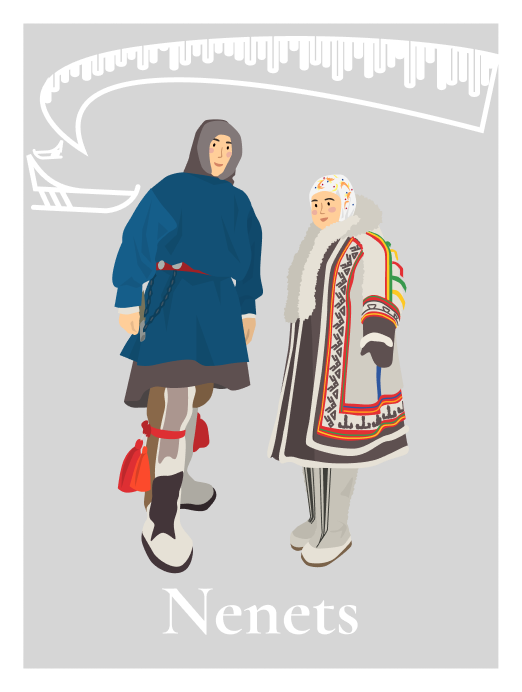
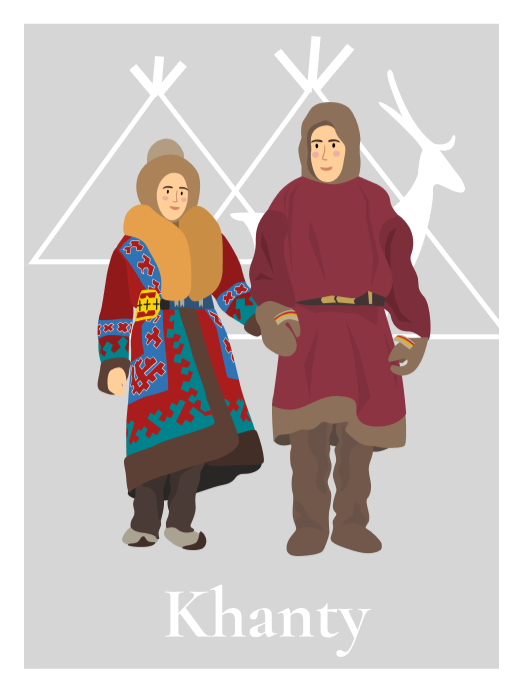


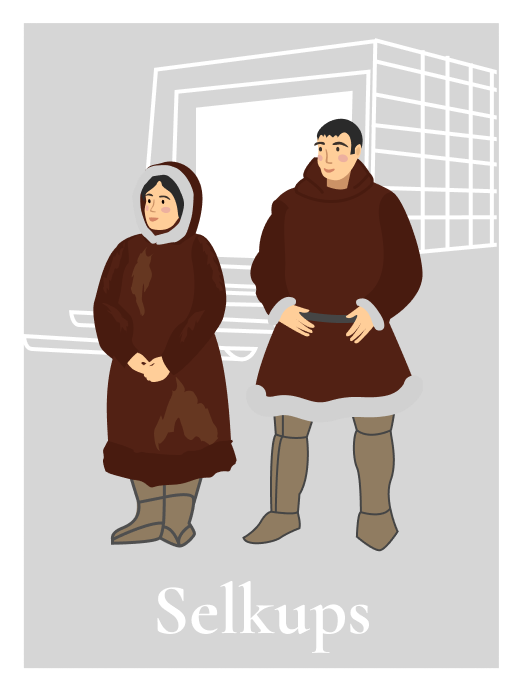
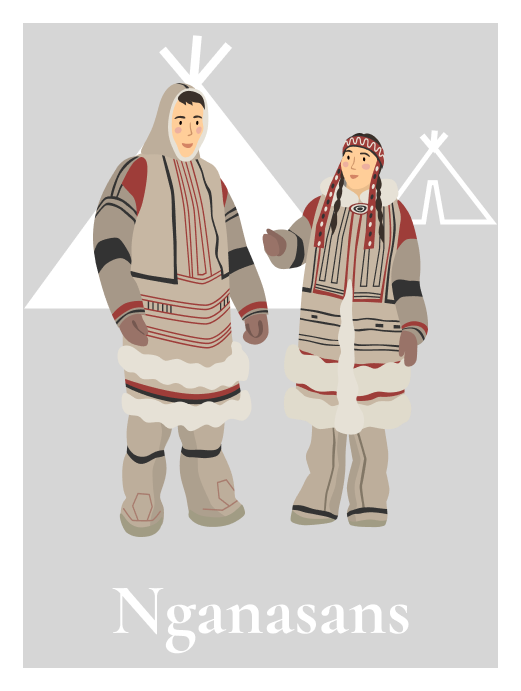
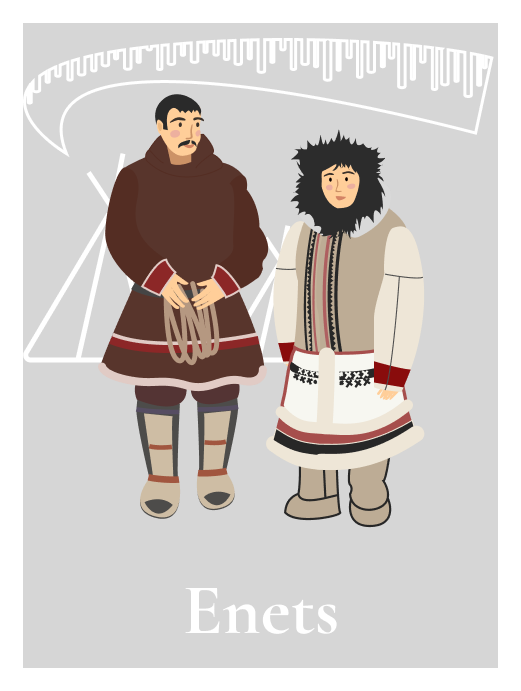
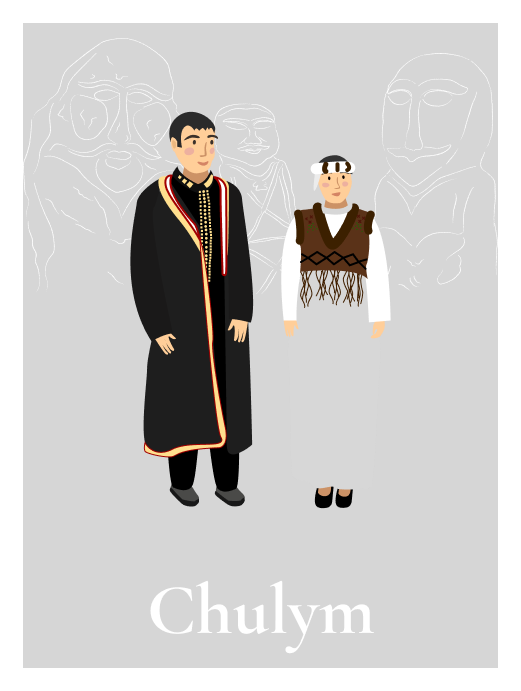
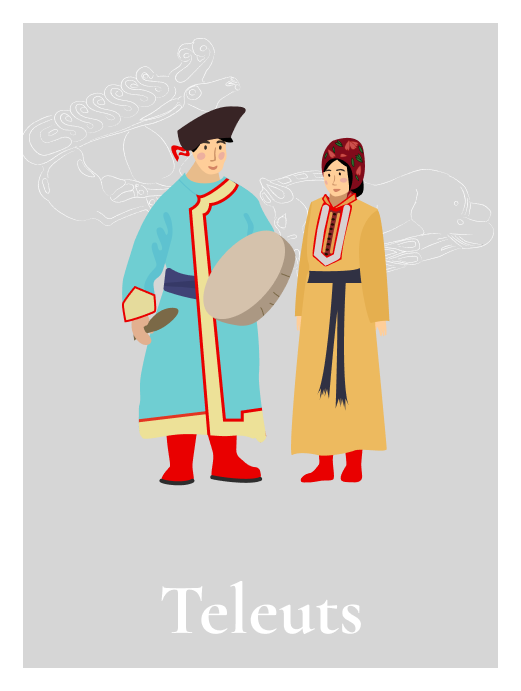


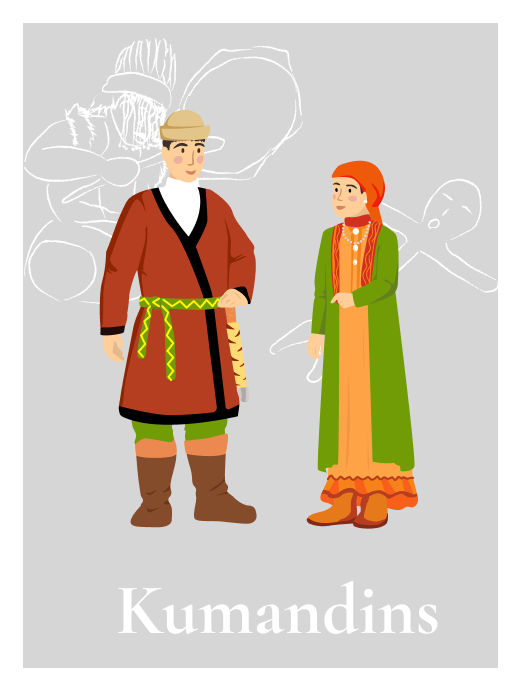

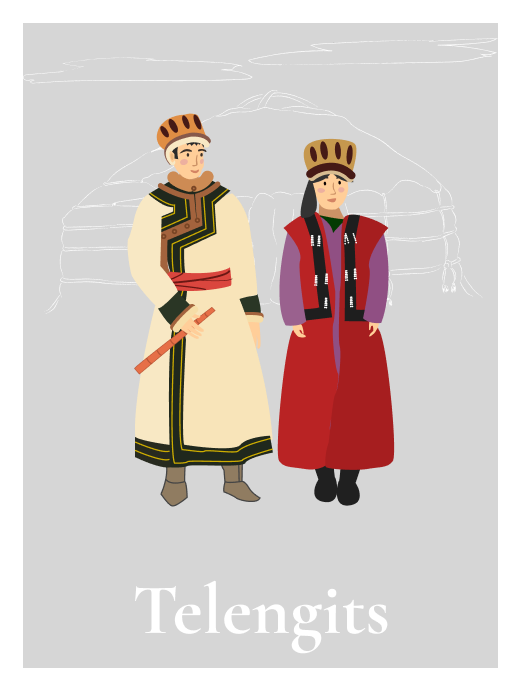

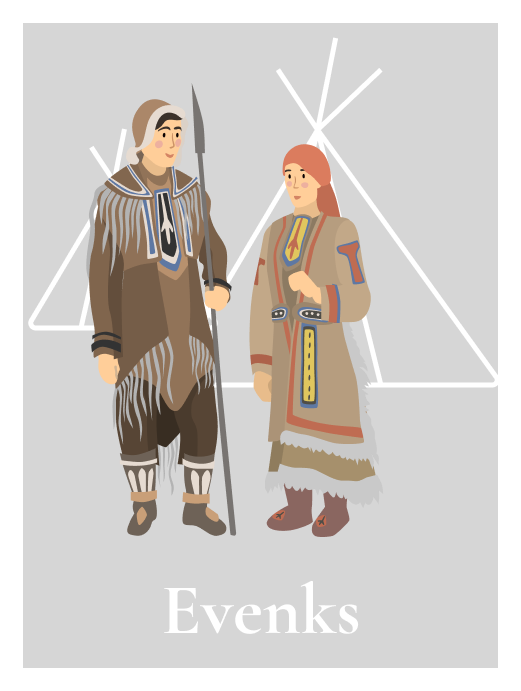
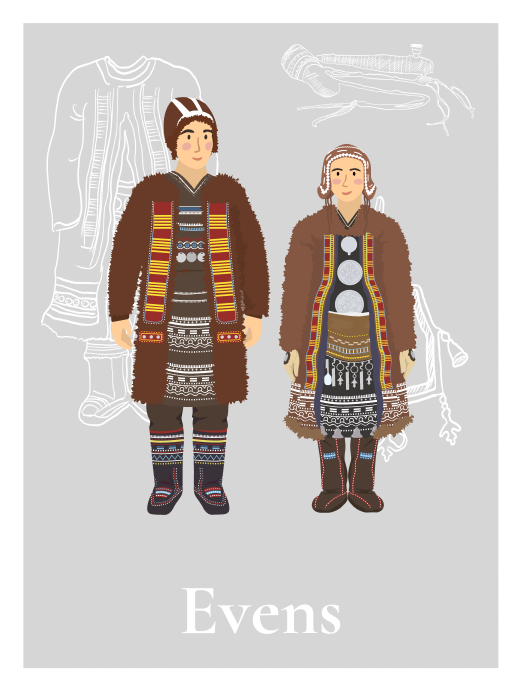
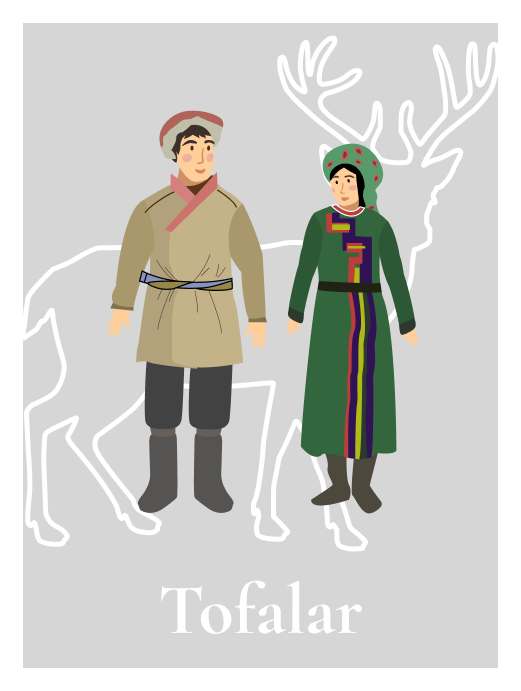
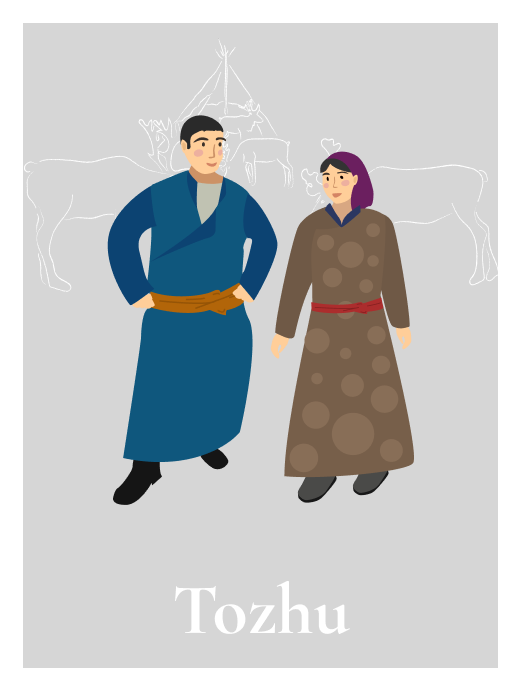
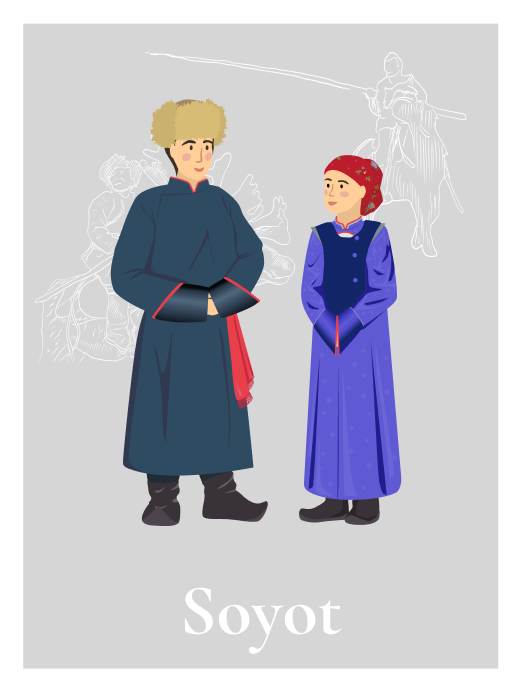
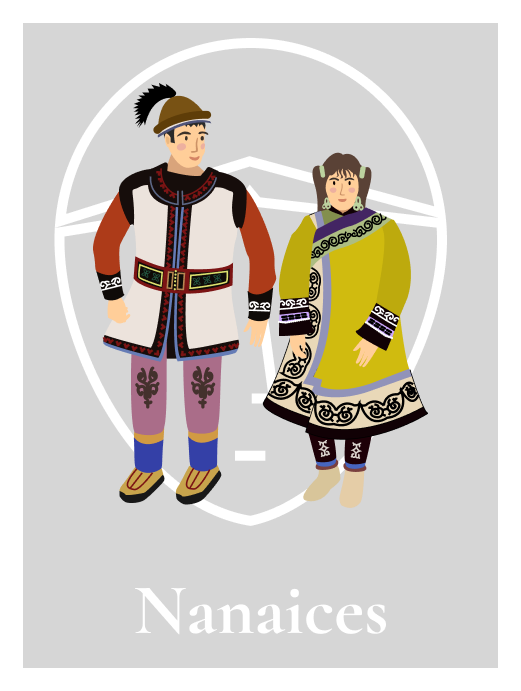
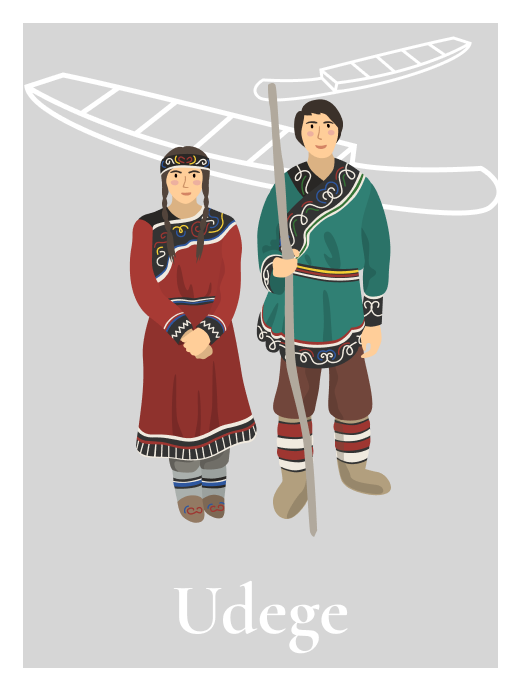

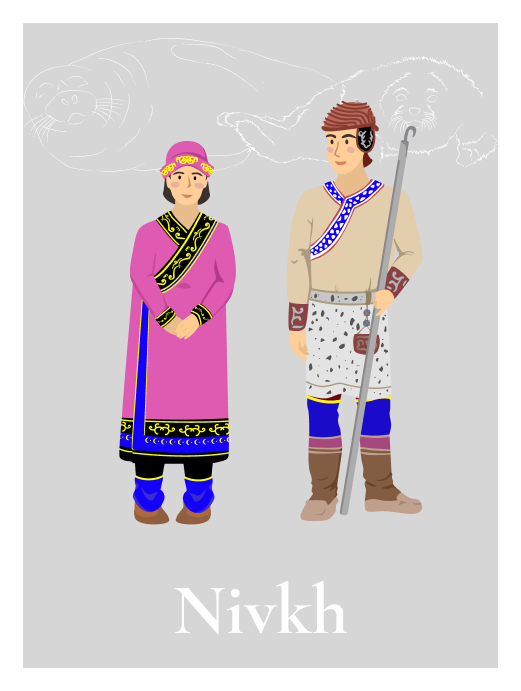
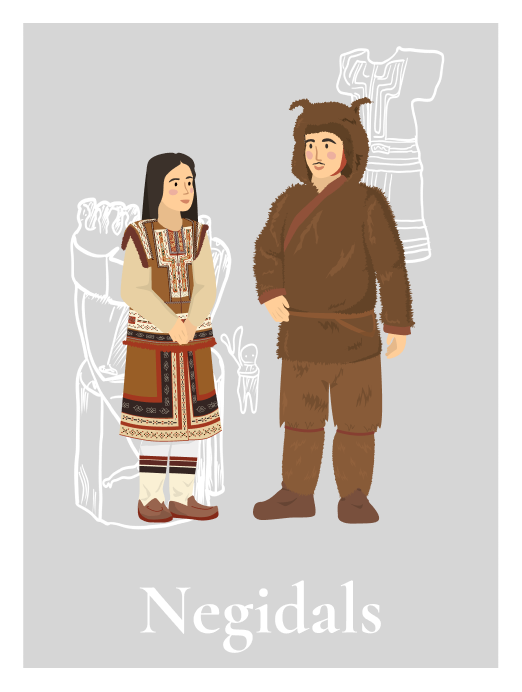
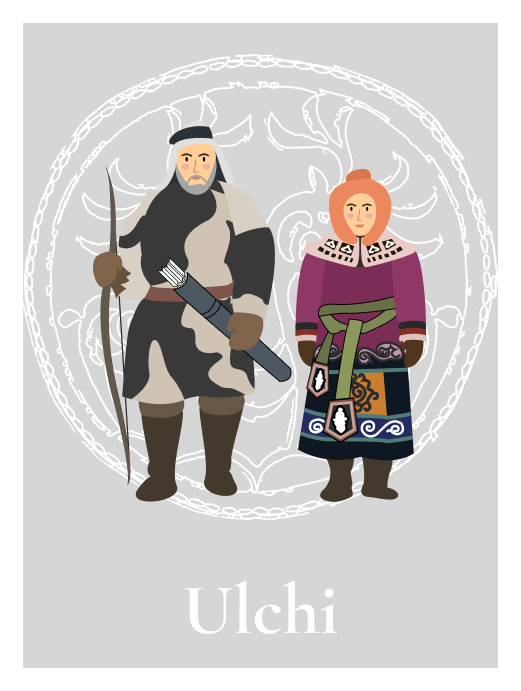


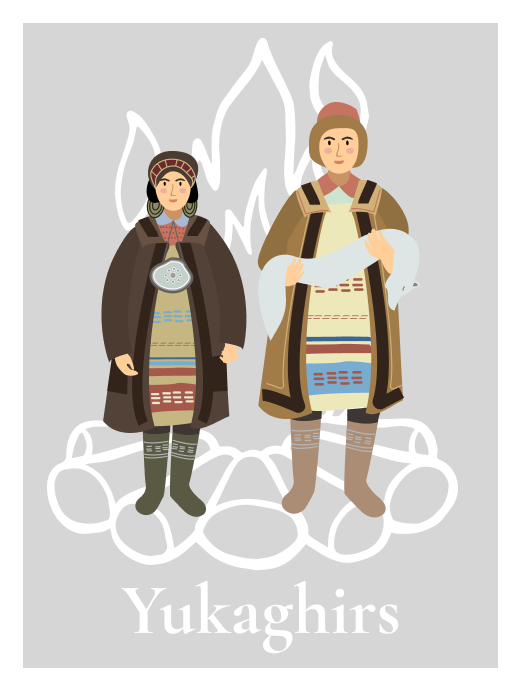
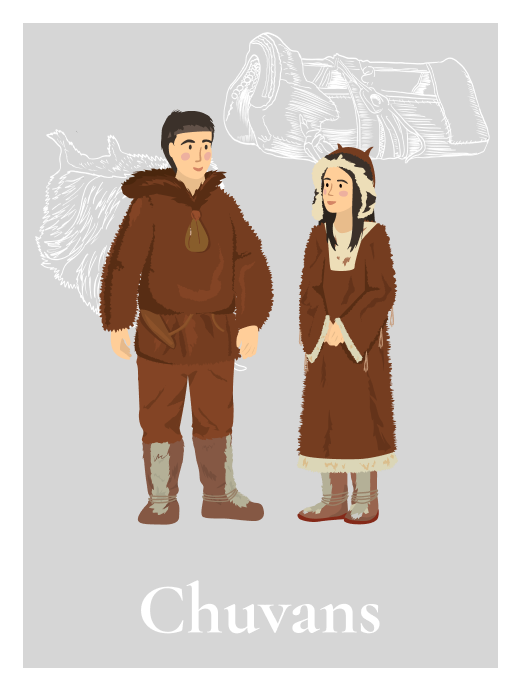
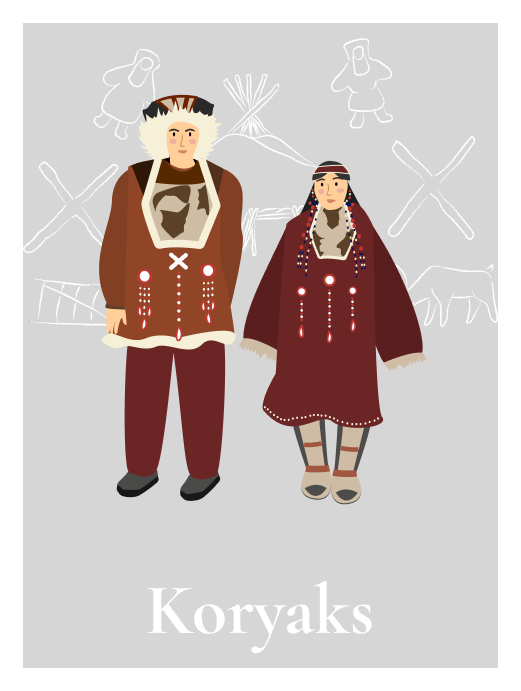

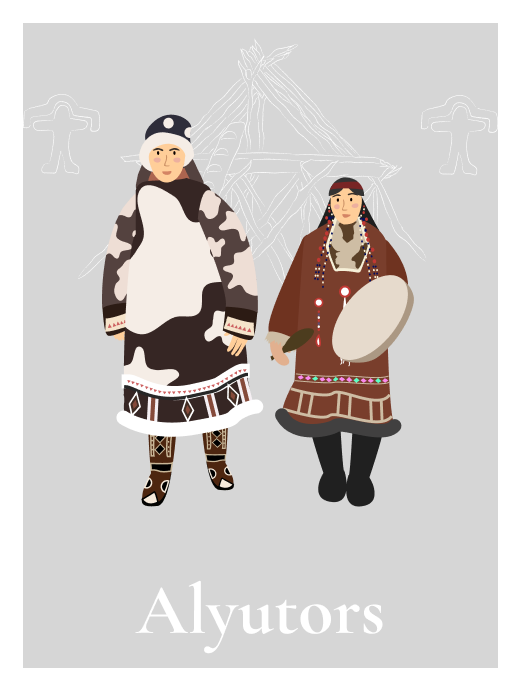


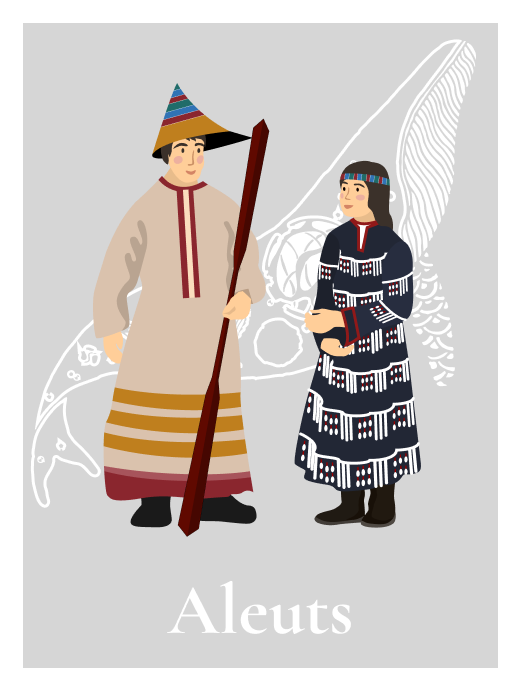

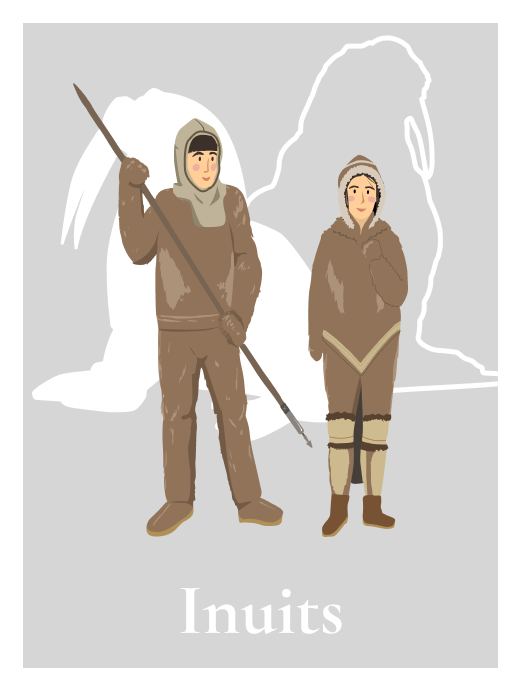
Until recently, the principal name was the Selkup language. It was introduced into scholarship in the 1930s. It was based on the endonym of the Northern Selkup group. Since the time of Matthias Castrén (mid-19th century) and until the late 1930s, the name used was the Ostyak-Samoyed language. The linguistic endonym in the Northern group was shyol kumyn ety (literally “the word of forest people”).
Since the time of Georgy N. Prokofiev, the endonym shyol kup was believed to mean “a forest person.” This interpretation became commonplace both in scholarship and among Northern Selkups themselves. However, archival data analysis led to several new noteworthy interpretations. Jarmo Alatalo in 2004 and Evgeny Helimski in 2005 supposed that endonyms of both Northern Selkups and other Selkup groups come from the common Selkup *sʲø “lord” plus derivational *-sǝ suffix meaning “member of family or group,” i.e. “a person from among the lord’s people or family.” In 2019, Anna Urmanchieva proposed another version, namely considering Selkups’ endonym as an old borrowing from Northern Mansi tongue has a similar word combination meaning “a local person” (cf. Northern Mansi sossɑ xum).
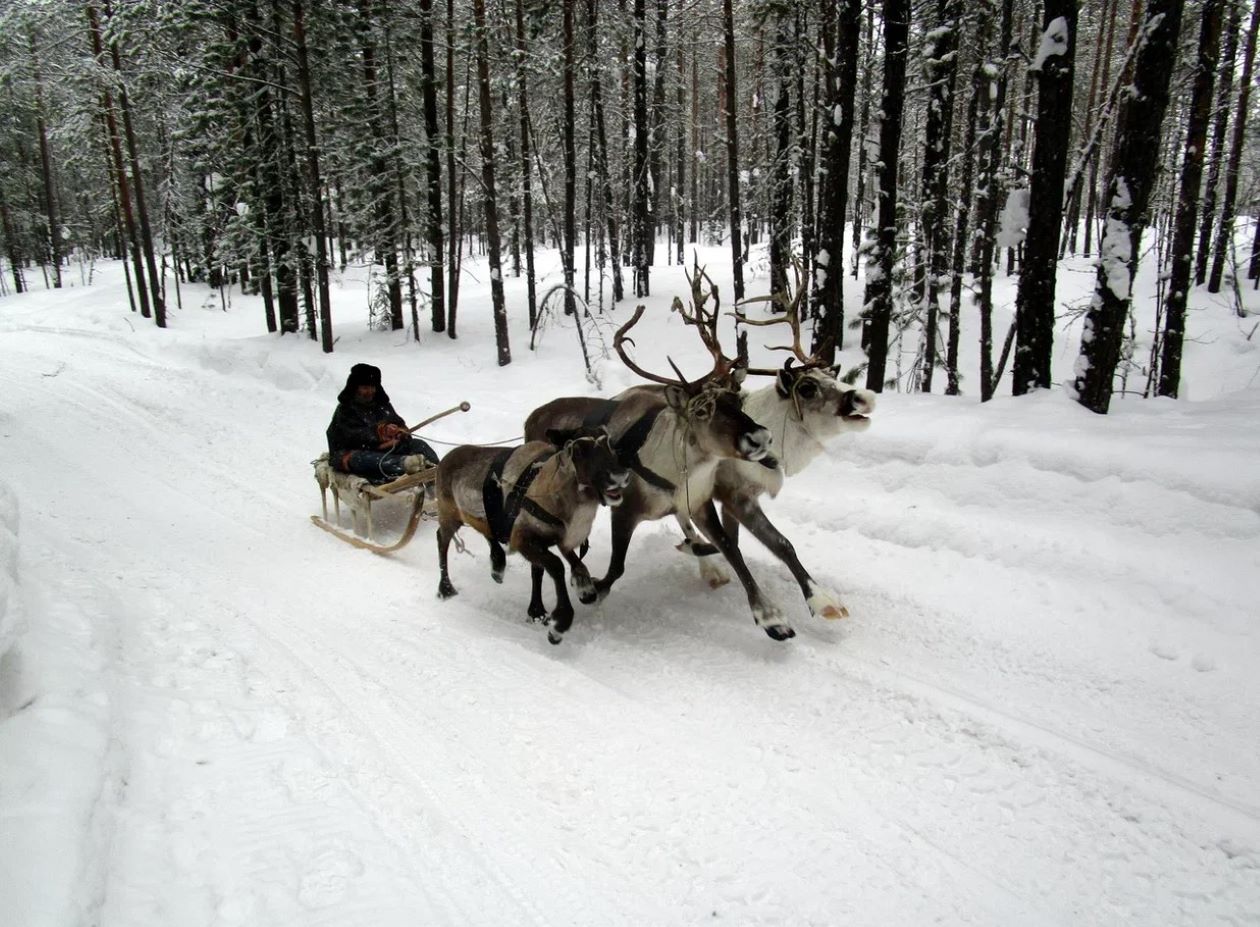

Northern Selkups live over the vast space in the catchment areas of the Middle and Upper Taz and the Middle Yenisei, mostly along the Turukhan, its left tributary, in the Yamal-Nenets autonomous area and the Krasnoyarsk territory. They are a majority in the villages of Ratta, Kikkiakki, Tolka, and Purovskaya in the Yamal-Nenets autonomous area. About 100 Selkups live in Salekhard, the administrative center of the Yamal-Nenets autonomous area. In the Turukhan district of the Krasnoyarsk territory, Selkups live along the middle reaches of the Yenisei, mostly along its left tributary the Turukhan (with its tributaries the Upper and Lower Baikha). Selkups are a majority in the village of Farkovo. They live among Kets in the villages along the Yenisei. Some Selkups live in the village of Kellog on the Eloguy, the Yenisei’s left tributary.